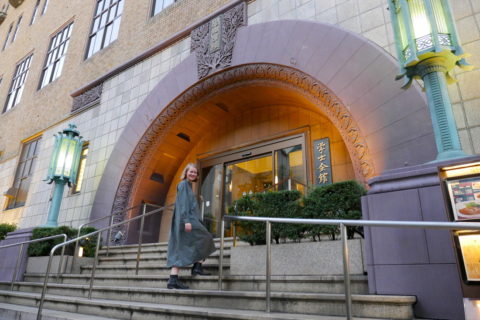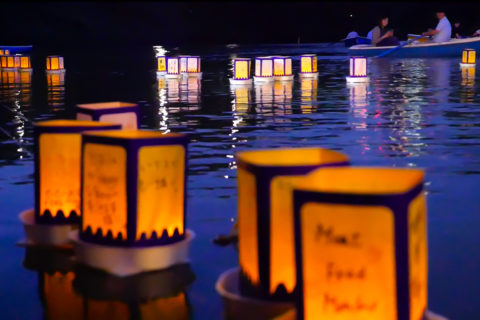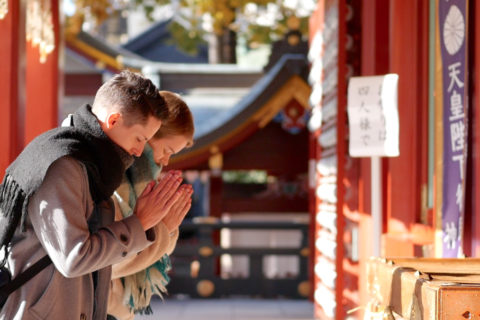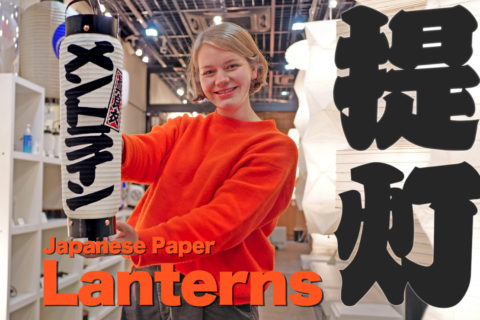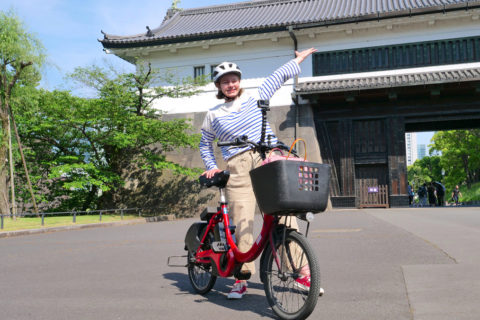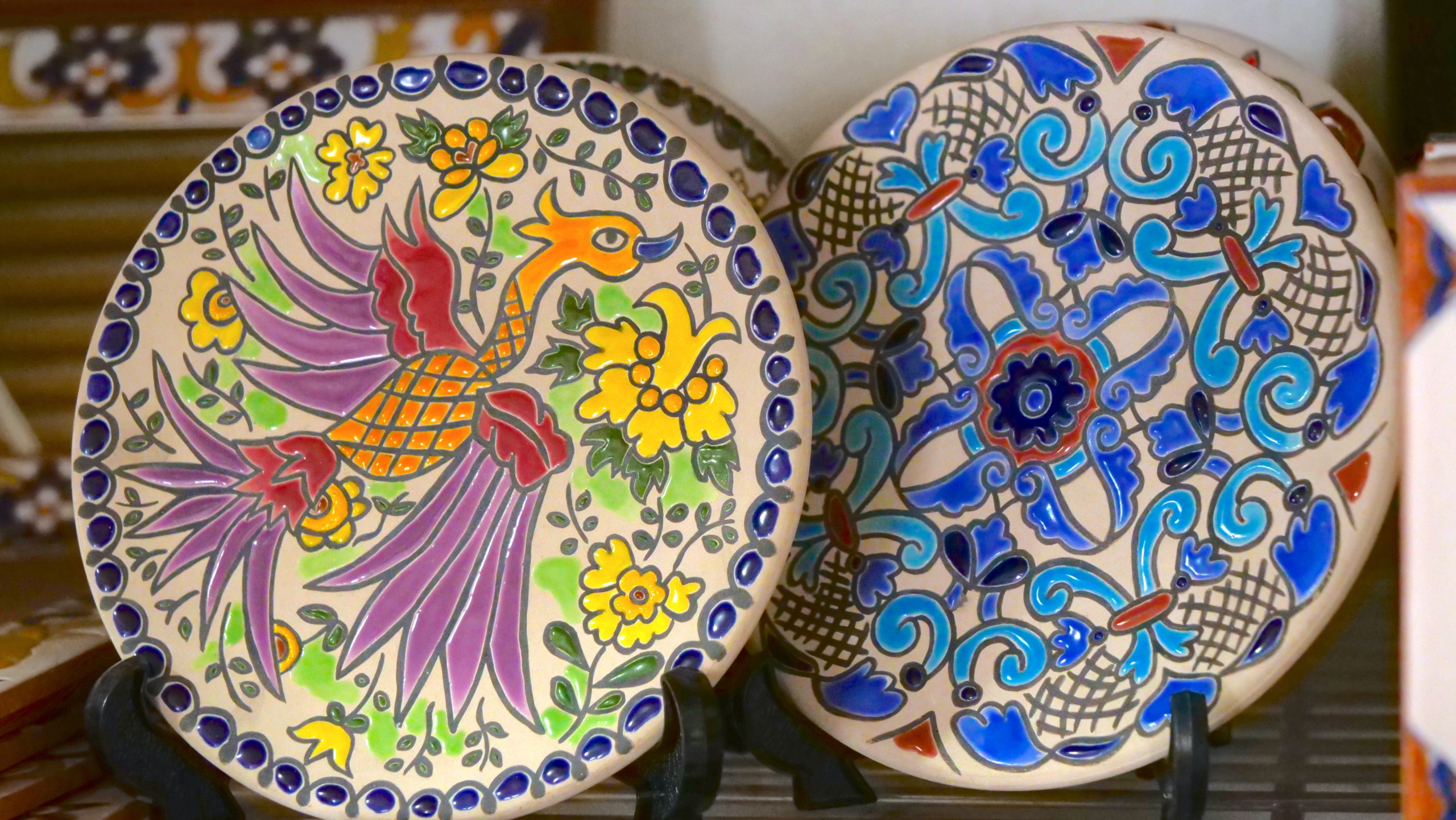
Are you looking for a new hobby or a fun activity in Tokyo? There are plenty of workshops and classrooms in Tokyo that will allow you to find the perfect lesson for you! If you like painting, how about painting tiles? This time, we introduce the world of colorful Spanish tile art.
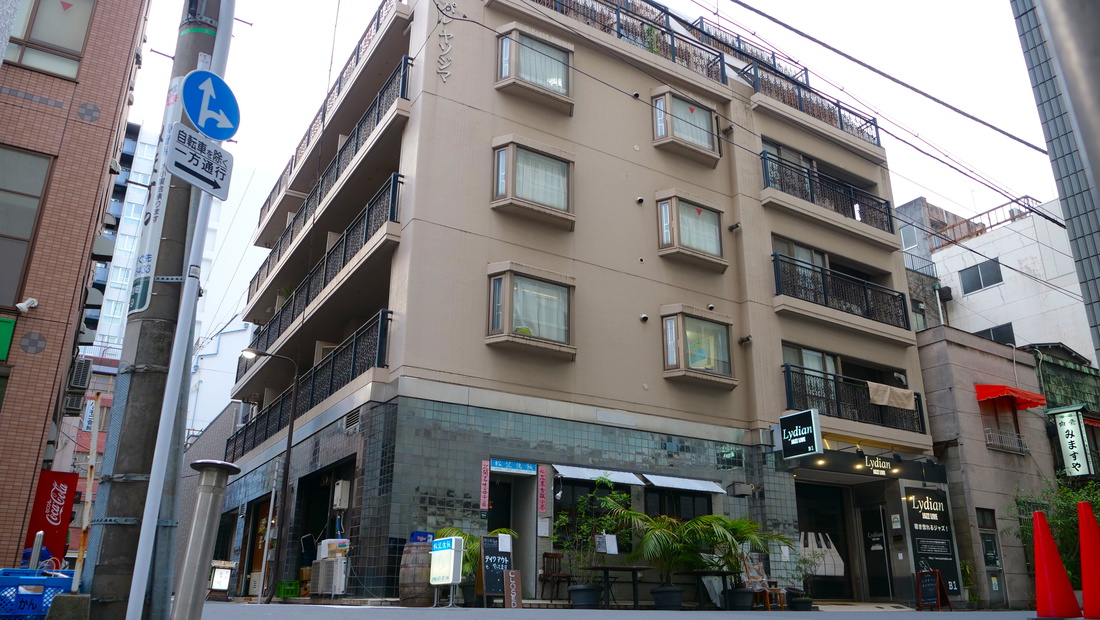
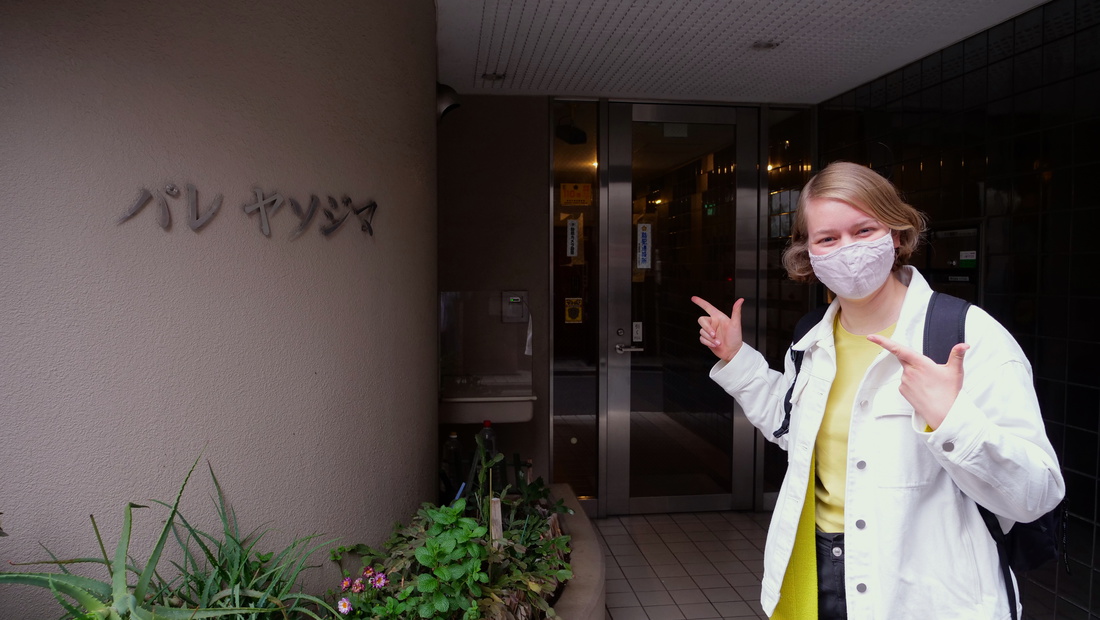
What are Spanish tiles?
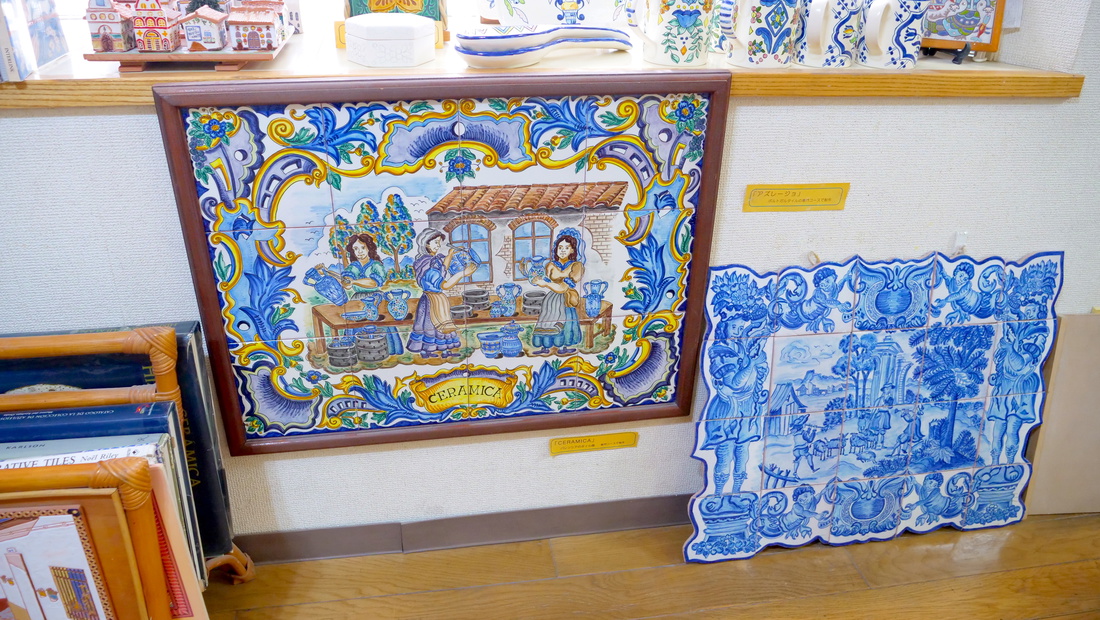
A Spanish tile is a ceramic tile with a traditional Spanish design. Spain has a culture of hand-painted tiles. Mostly, their designs are pictures of nature, people, patterns, or letters. The tiles are used to decorate homes or walls and are even utilized as shop signs. They are part of everyday life. The rustic tiles with vibrant colors have a charm that makes the viewer happy!
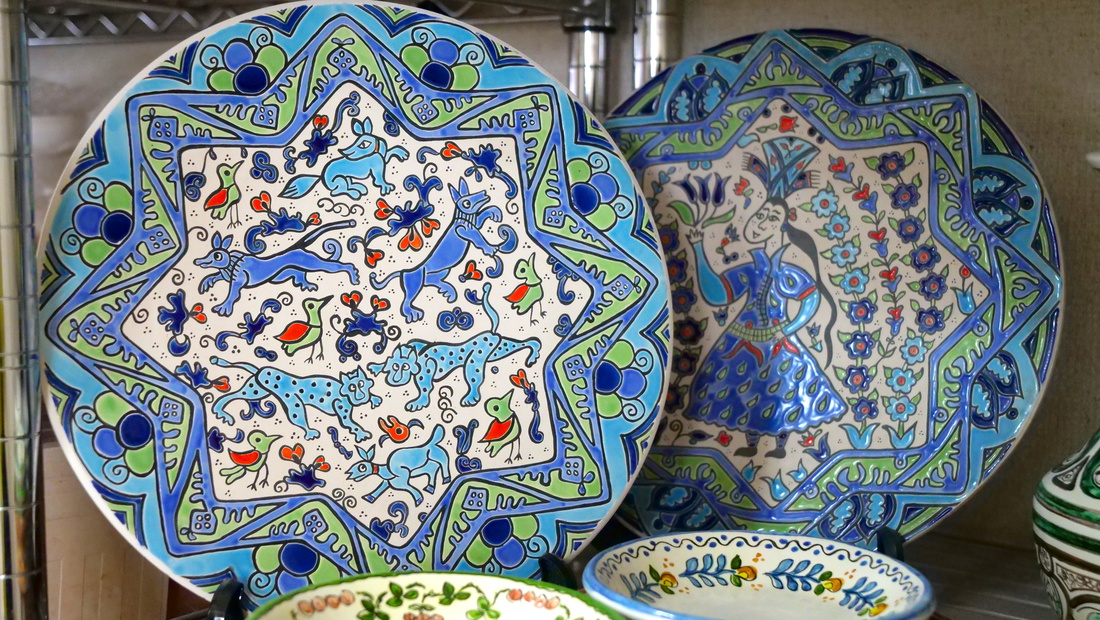
Each region in Spain has its own unique colors and different painting techniques that can be divided into two main styles: tiles hand-drawn with a brush, and Cuerda Seca (Spanish for “dry cord”) tiles that are colored by flood-filling liquid glaze into certain areas of the tile to create geometric patterns.
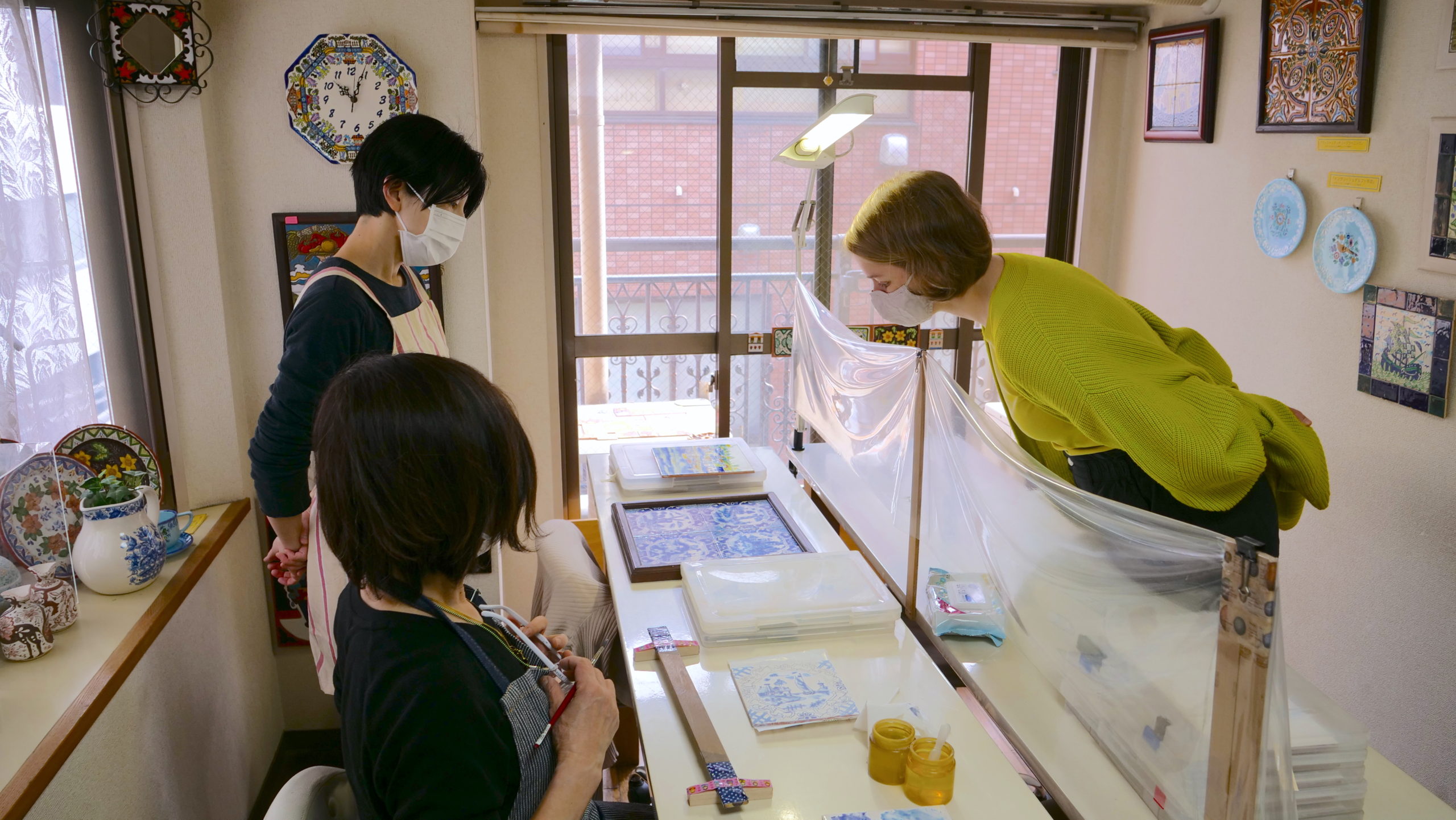
Inside the Spanish tile art classroom, works are displayed on every inch of each wall, allowing visitors to see different styles and methods while gaining some creative inspiration at the same time.
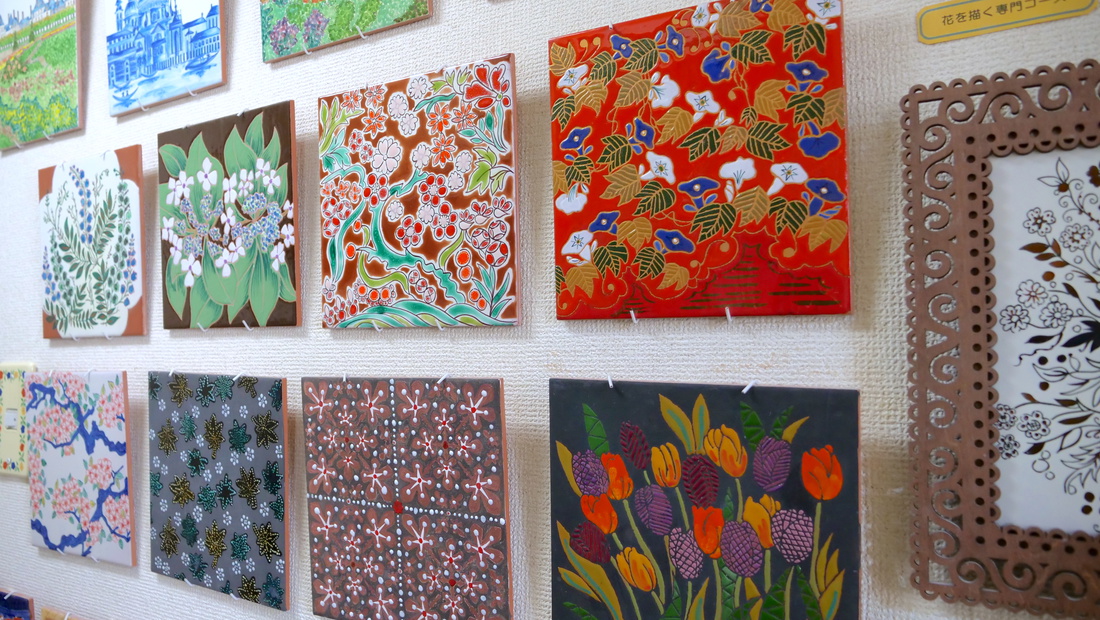
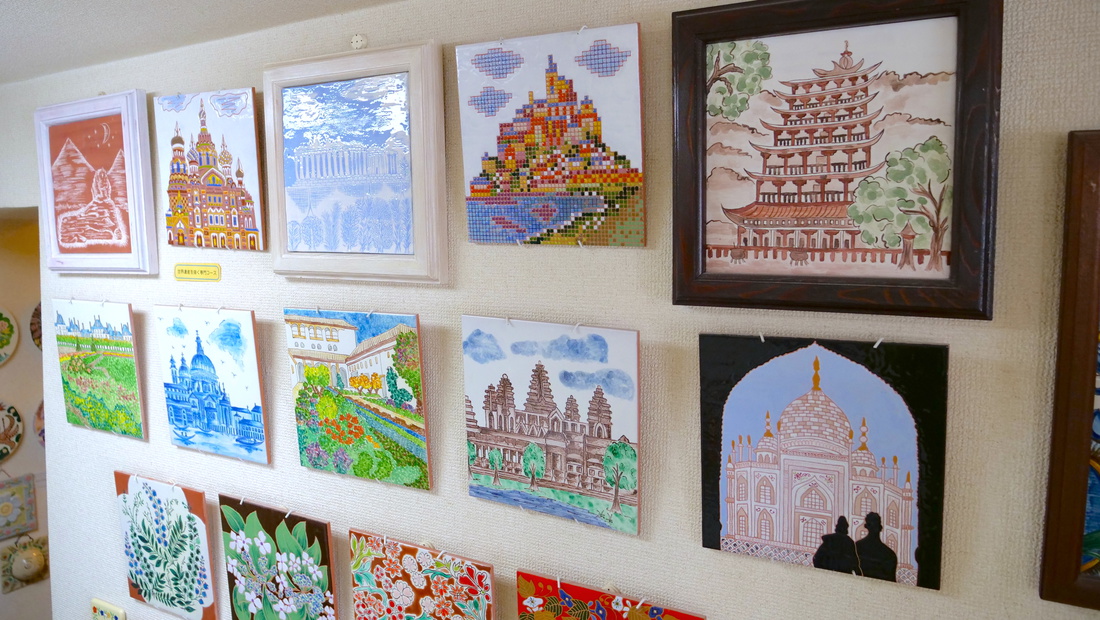
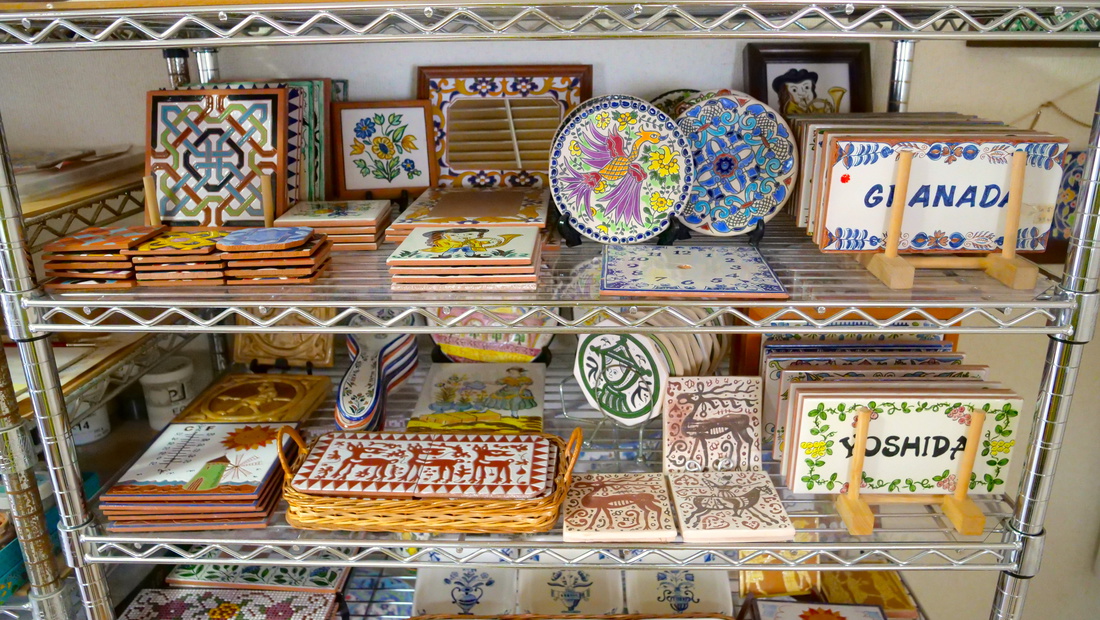
Let’s paint a Spanish tile!
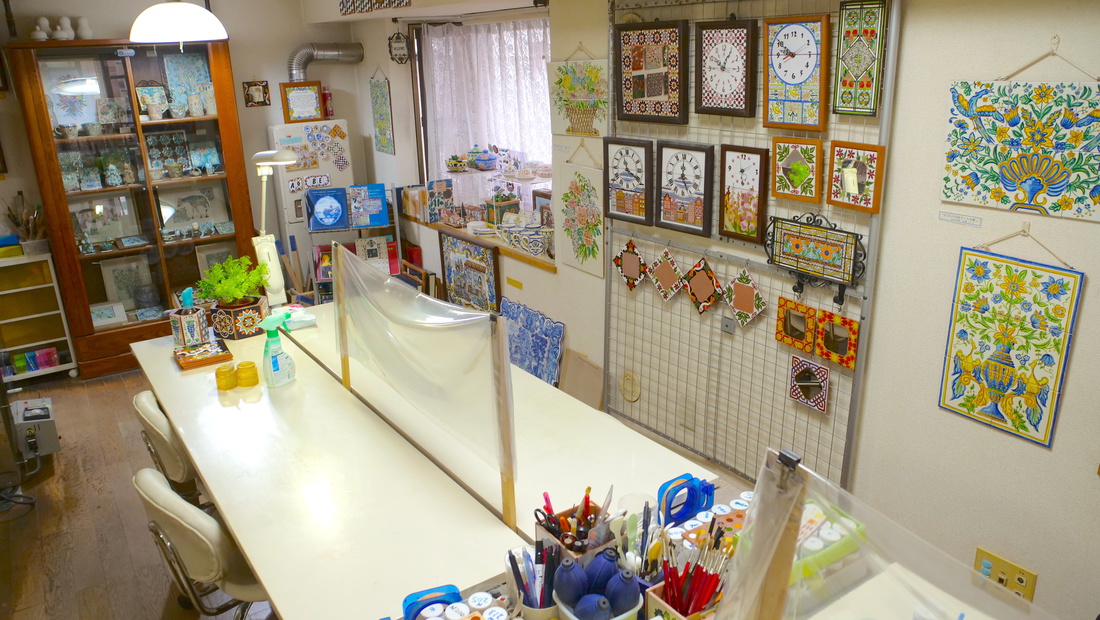
For this first Spanish tile experience, I took a trial lesson. In this lesson, you paint a single ceramic tile with a geometric pattern. The teacher will explain all the steps in depth, so even beginners can finish their first work without any problems.
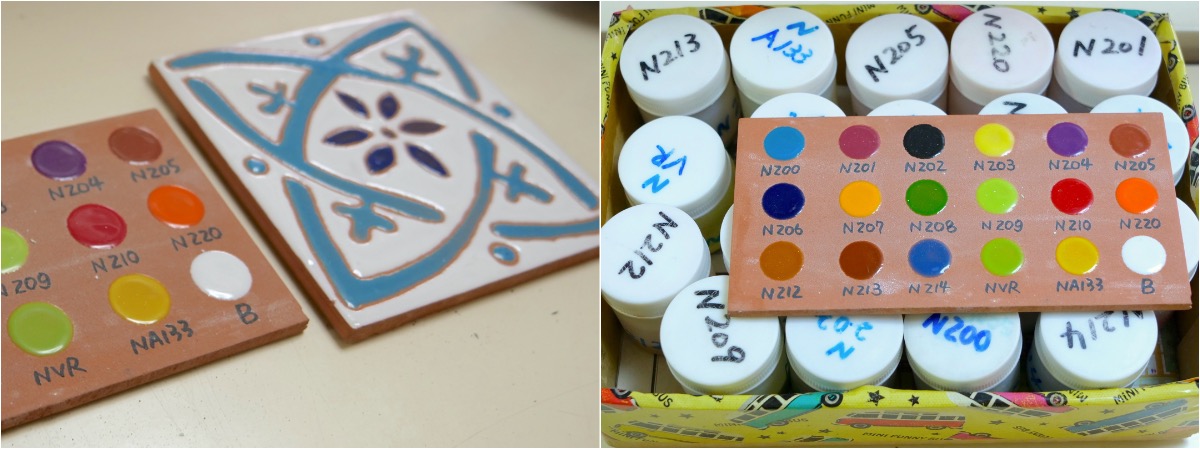
First, transfer the pattern onto the tile. All you have to do is trace it on the transfer sheet with a tool.
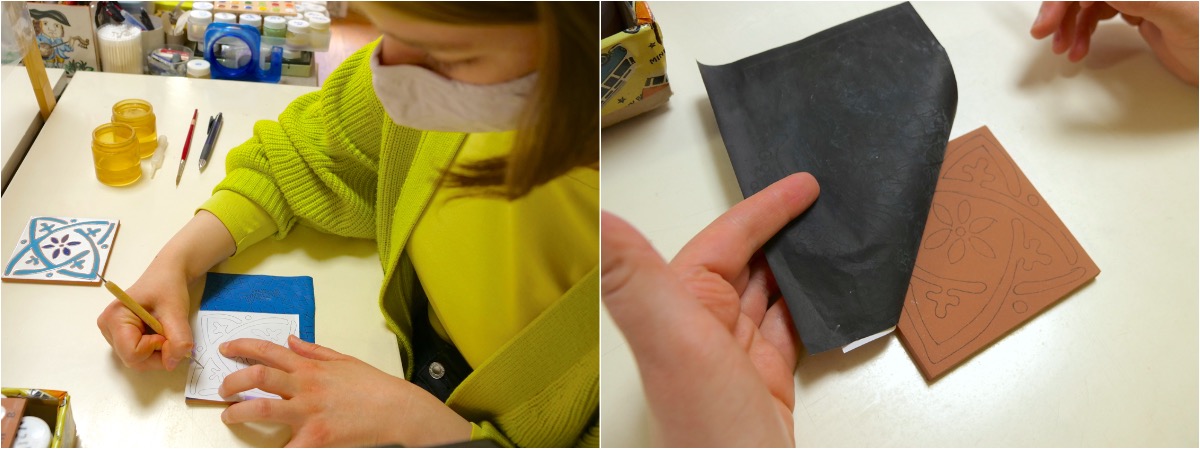
Next, draw a thick line on the lines of the transferred pattern with a mechanical pencil. Later, this line acts as a border to divide the colors from each other.
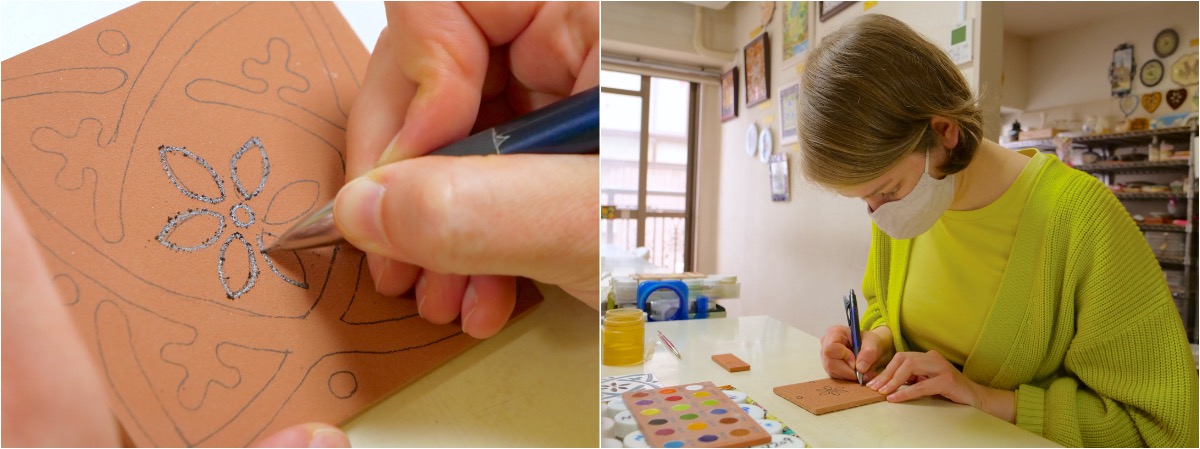
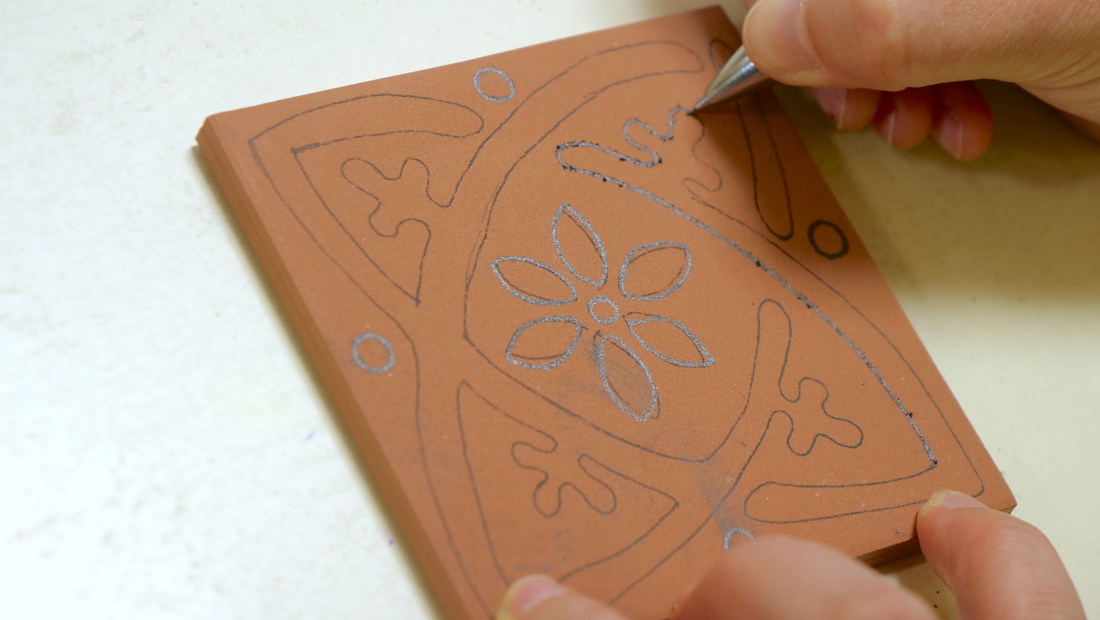
Finally, the painting process starts! I used the “Cuerda Seca technique”. You have to stir the glaze and suck it up with a dropper. Then, you have to pour the fluid in the exact position and fill the space. Pouring the glaze was surprisingly difficult because you had to be quick and make quite bold movements.
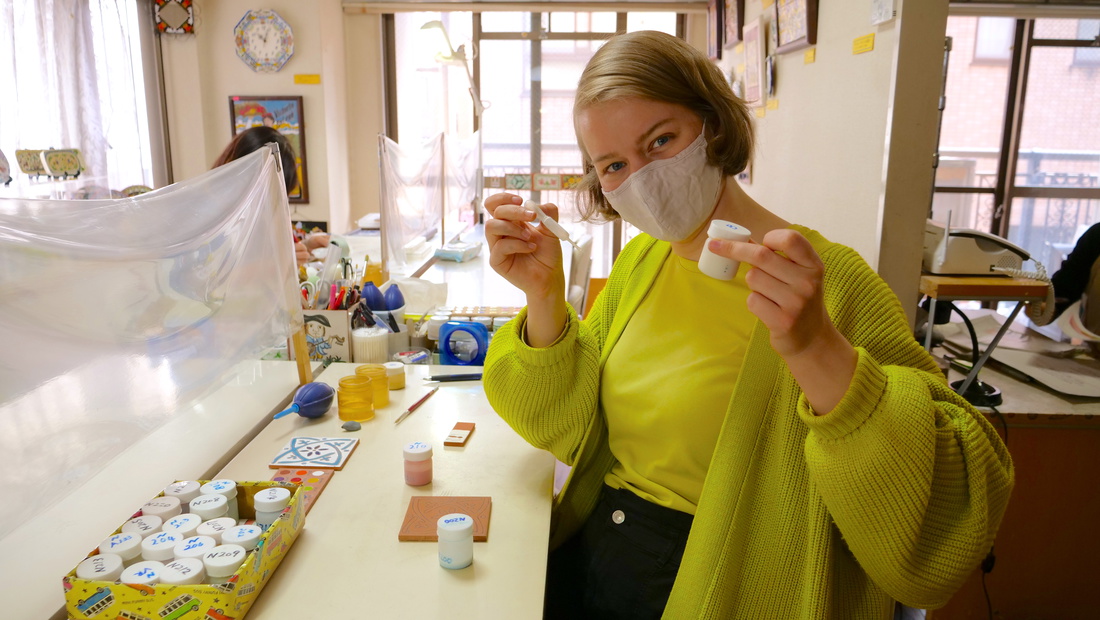
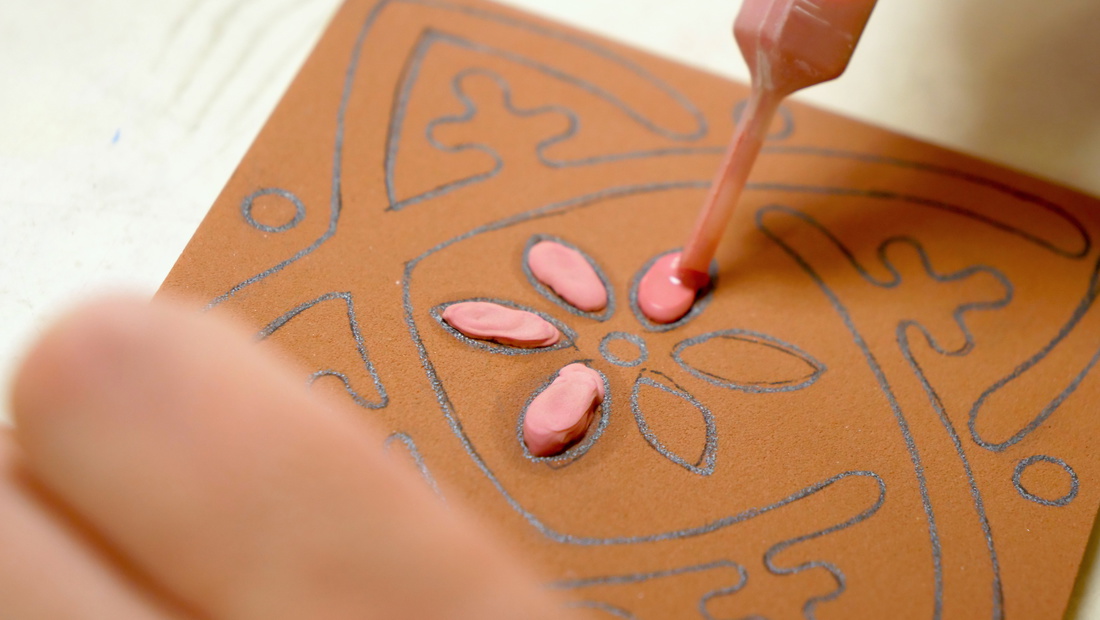
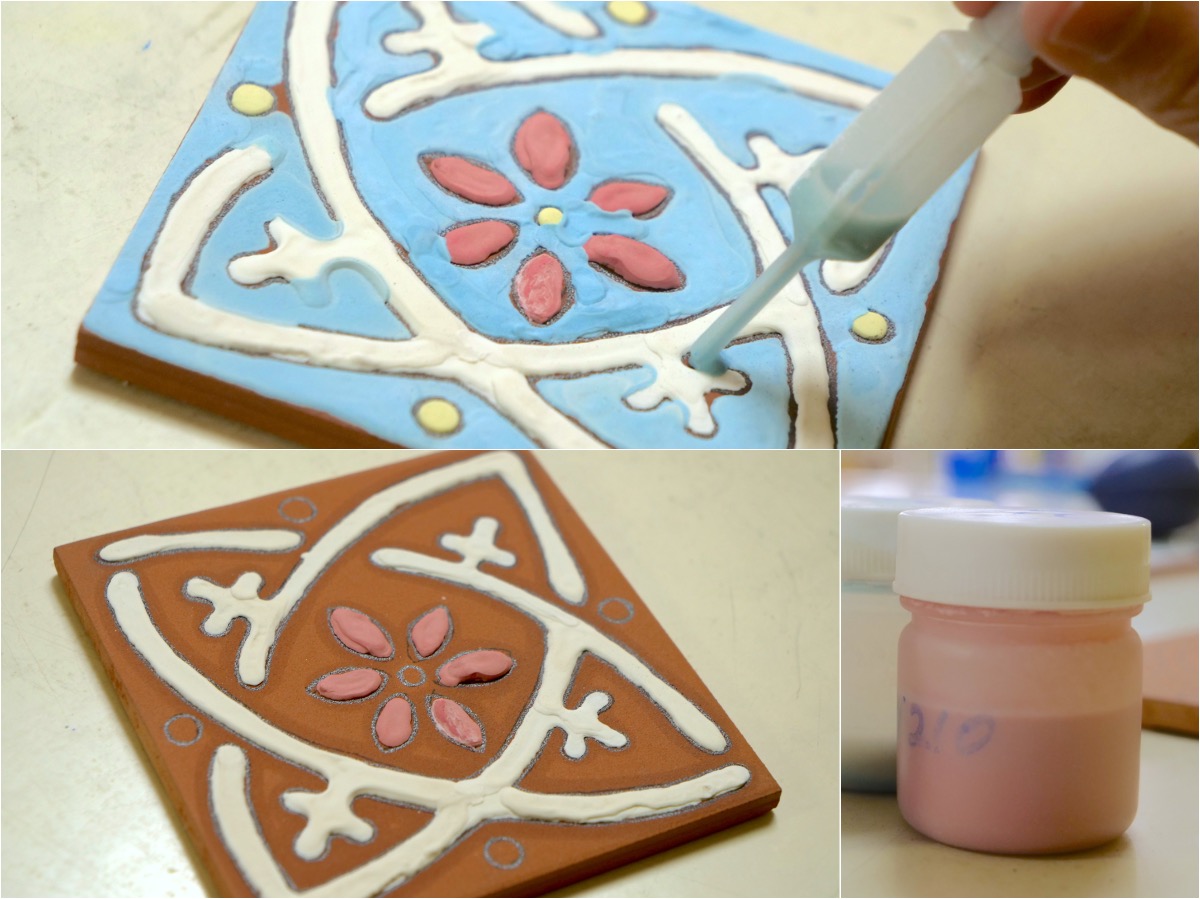
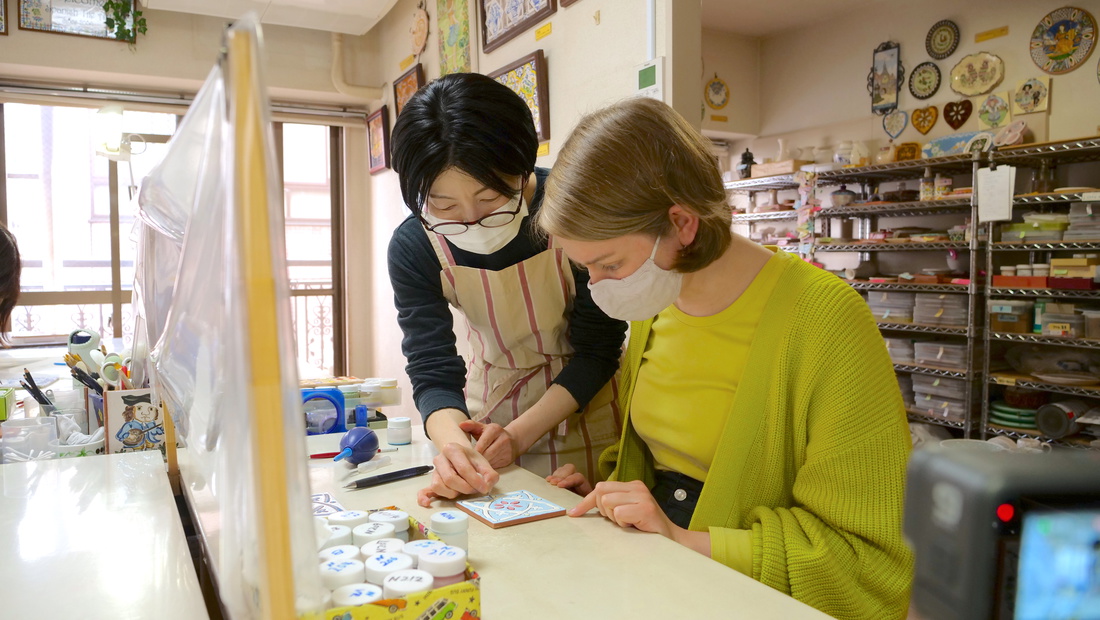
A good thing to know is that you can fix your mistakes later. Just use a small utility knife and scrape down all the parts where too much glaze was applied. All teachers actually studied in Spain and they are always there to help you and give you advice. Please ask for an English-speaking teacher if you need one beforehand.
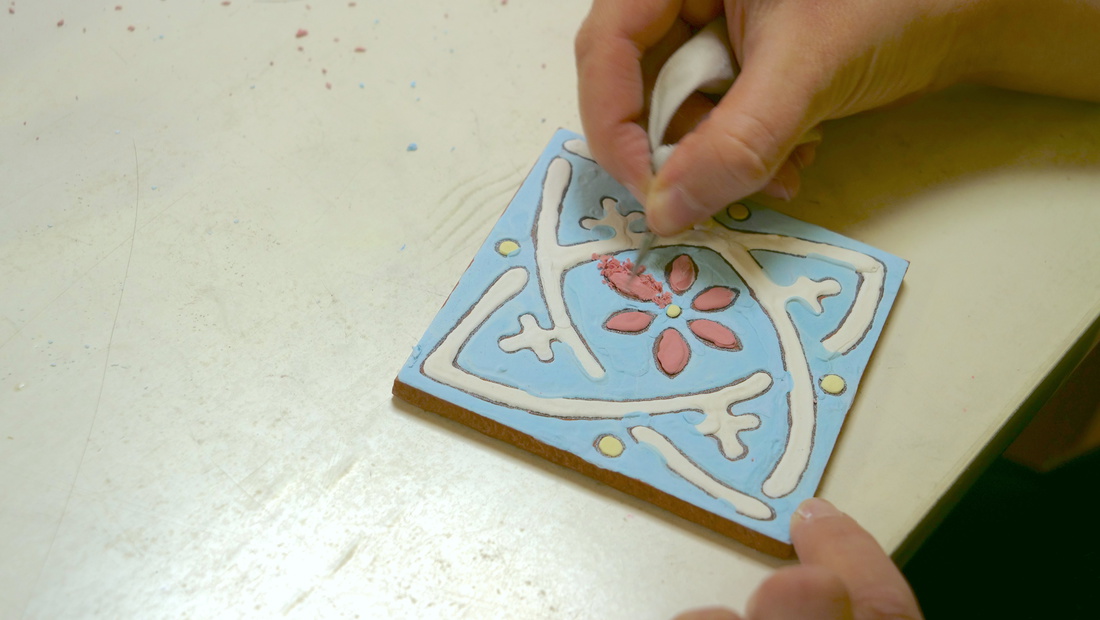
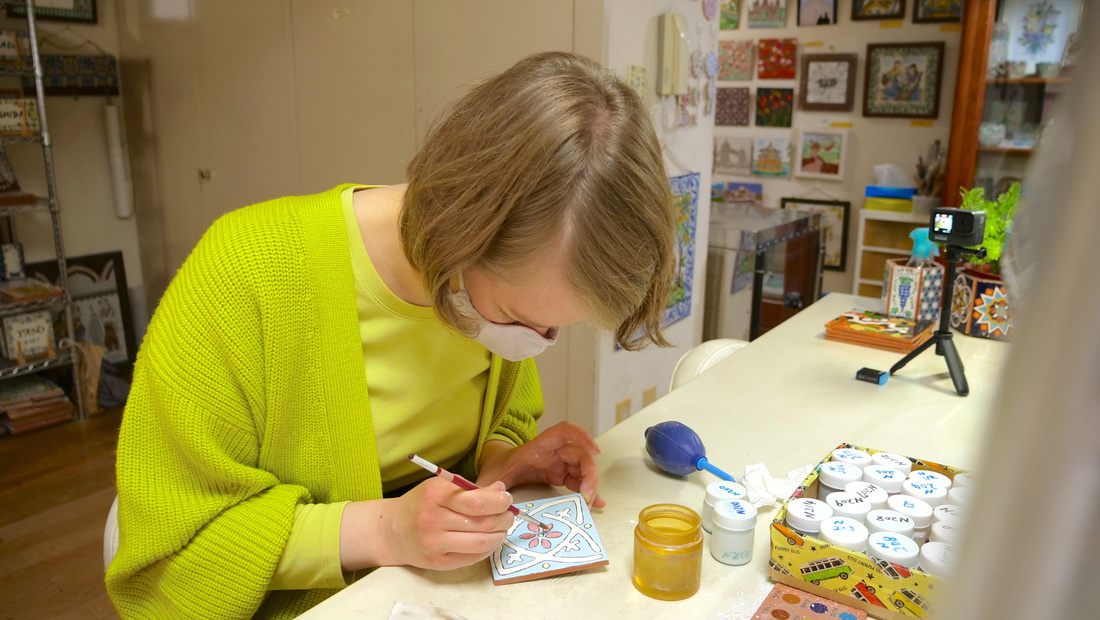
While working on my Spanish tile, I was fully absorbed in the painting process and time flew by. Also, I really enjoyed seeing the work slowly take shape. So much fun!
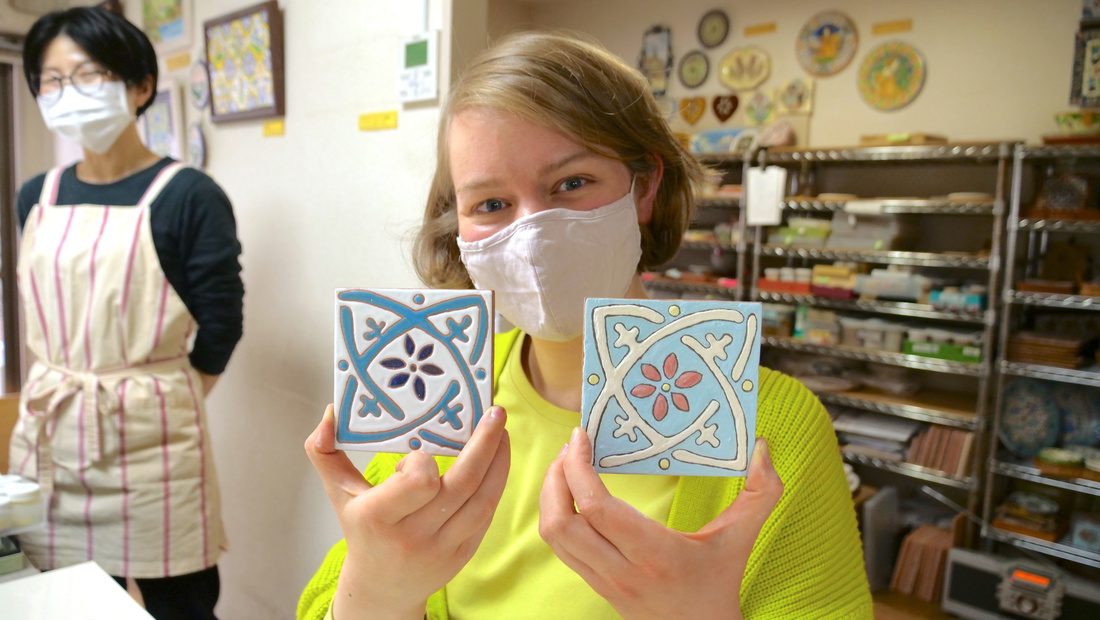
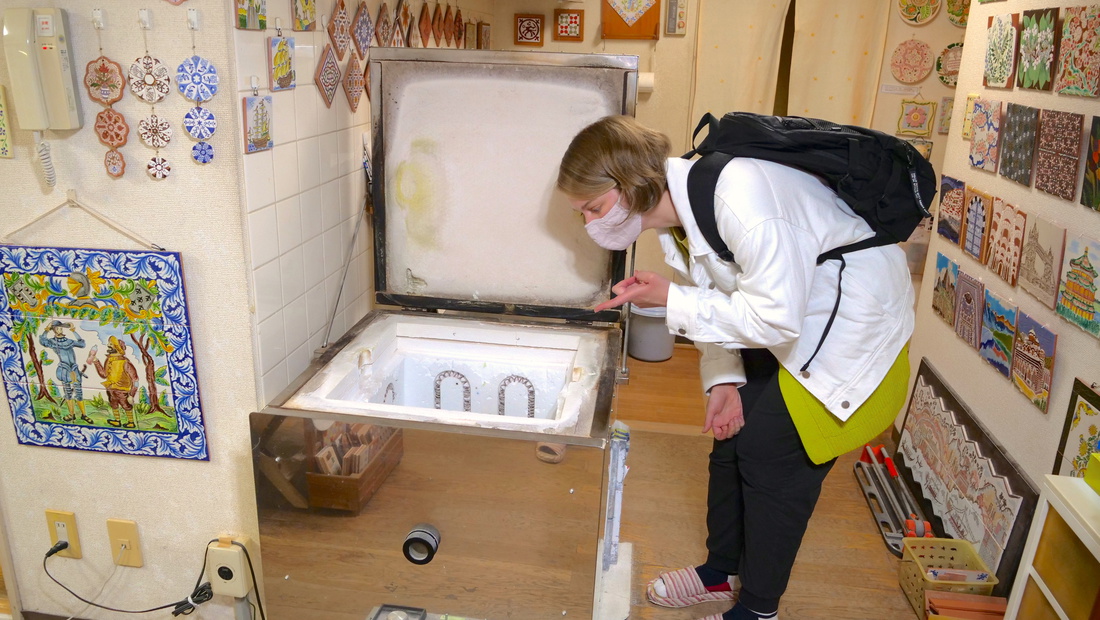
The finishing process takes about 10 days to 2 weeks, depending on the item. When done, you can visit the art school and pick it up yourself, or they can also mail it to your home.
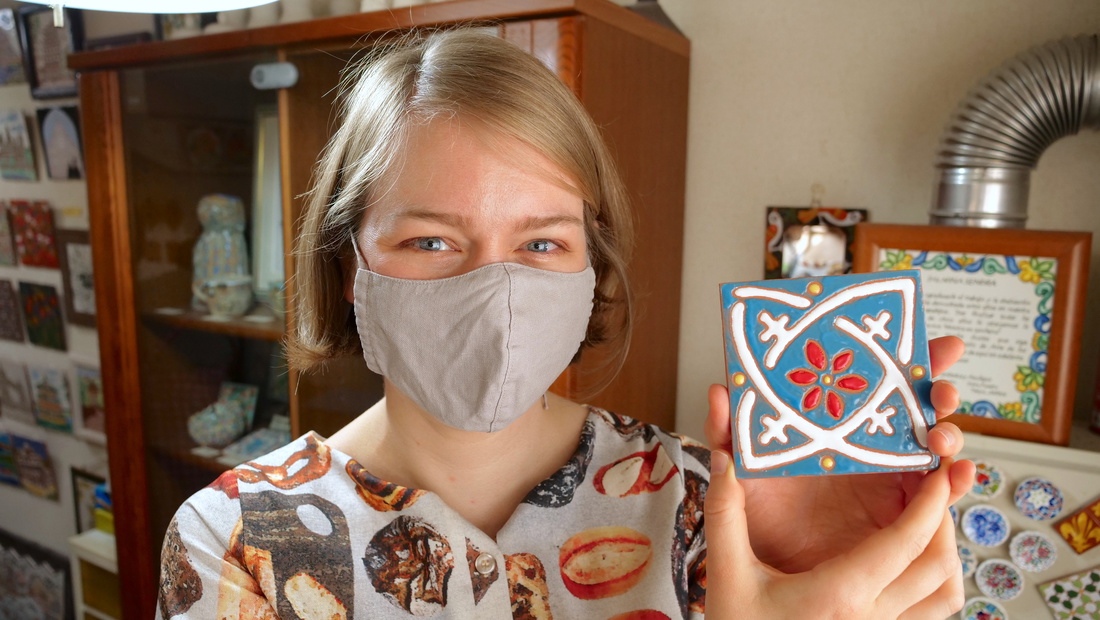
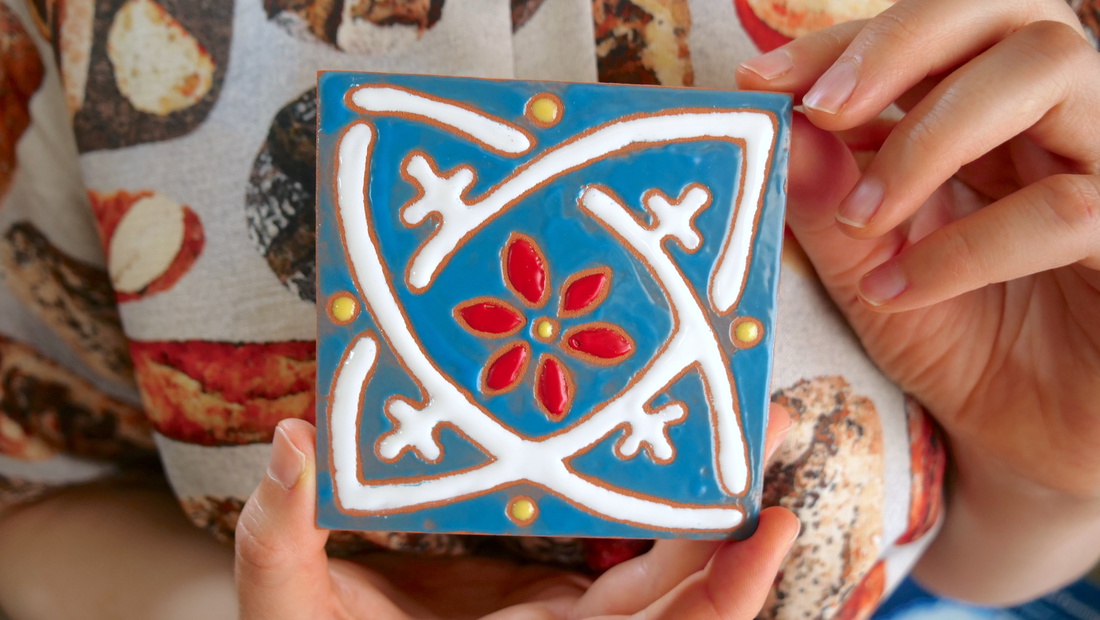
The Spanish Tile Art Studio offers everything from one-time experiences to year-round courses. You can make reservations at any time during business hours, so it’s very flexible. For those who want to find new hobbies, those who want to make an unforgettable experience with friends and their loved ones, those who want to make handmade gifts, those who want to create artwork for relaxation, why not try painting a vibrant Spanish tile?
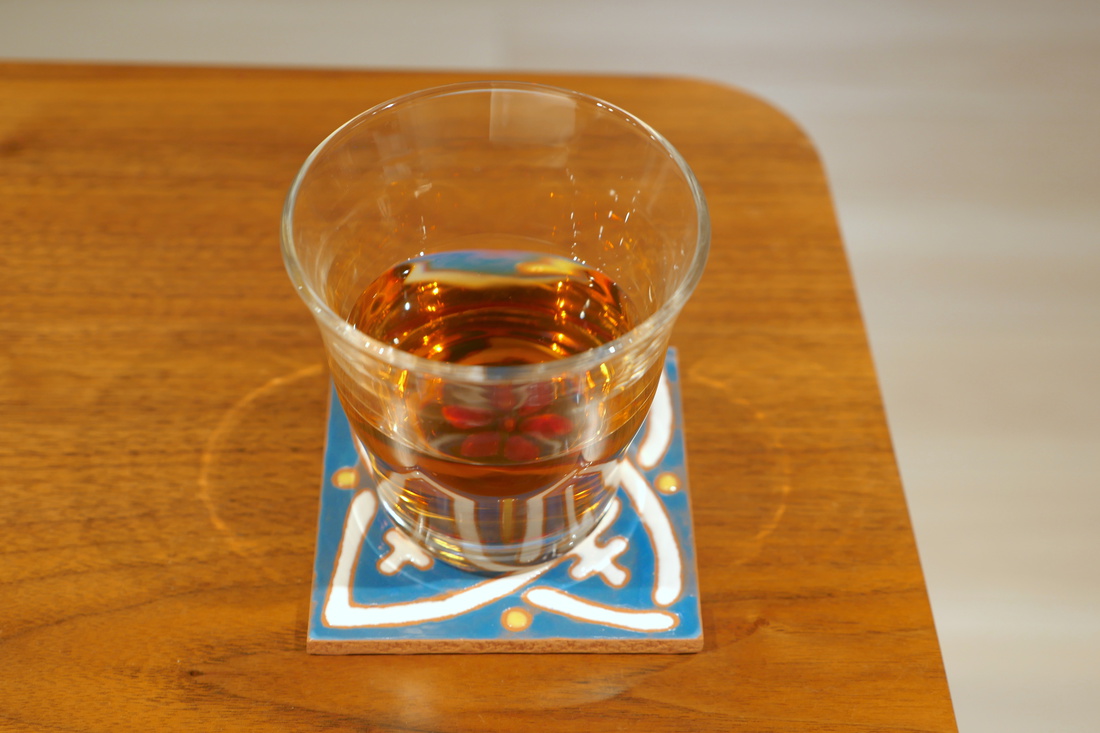
Spanish Tile Art Studio
https://spanishtile.net (Japanese)
Contact (phone / email): https://spanishtile.net/classroom/access.html
Facebook: https://www.facebook.com/1899510830360260/
Palais Yasojima 402, 2-15-1 Tsukasamachi, Kanda, Chiyoda-ku, Tokyo
Google Maps: https://goo.gl/maps/XnXei8BSiwtGvxeZ8
Nearest stations: Ochanomizu Station, Kanda Station, Shin-Ochanomizu Station, Ogawamachi Station, Awajicho Station
Other reservation sites:
Asoview: https://www.asoview.com/base/1171/
Jalan: https://www.jalan.net/kankou/spt_guide000000182060/


